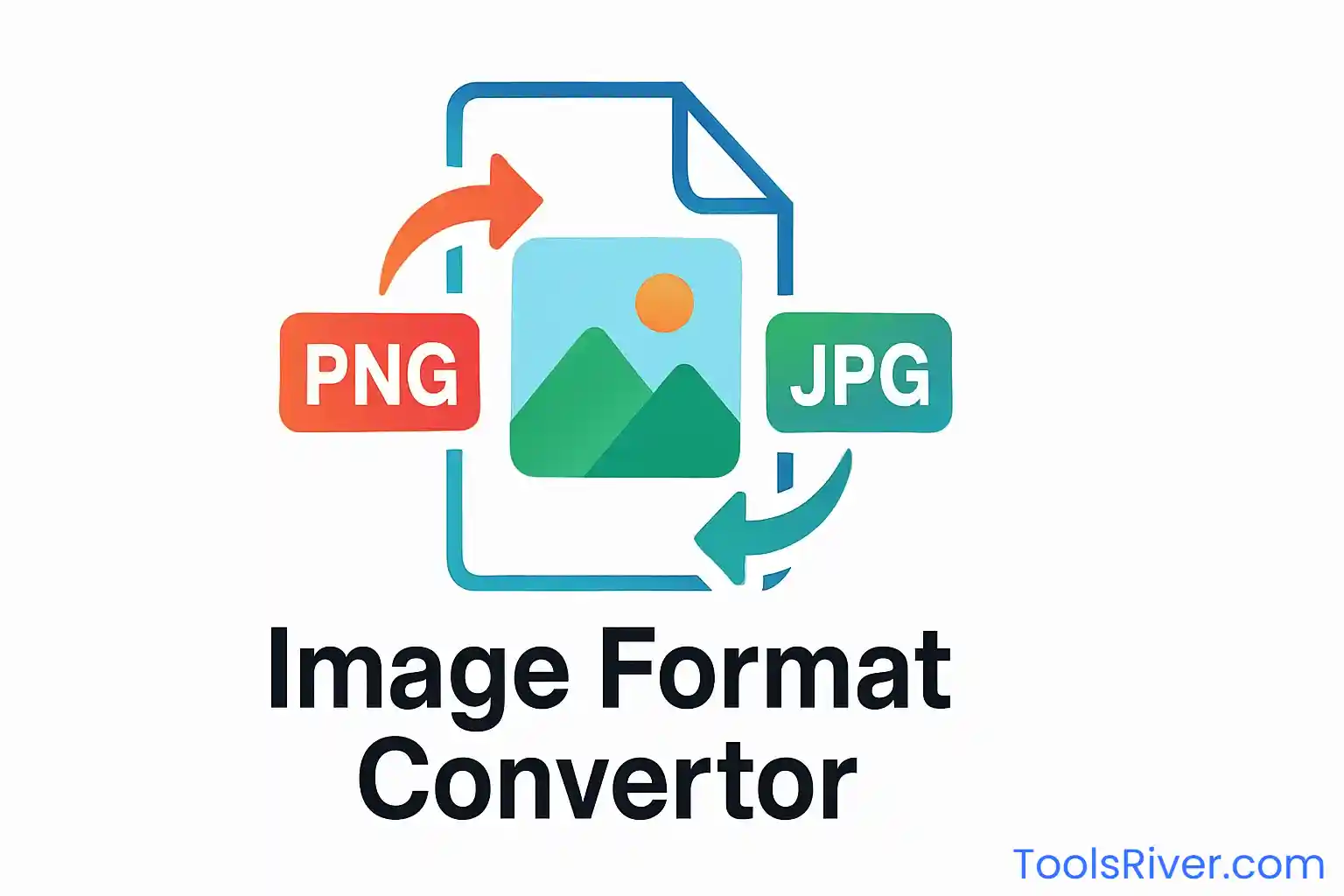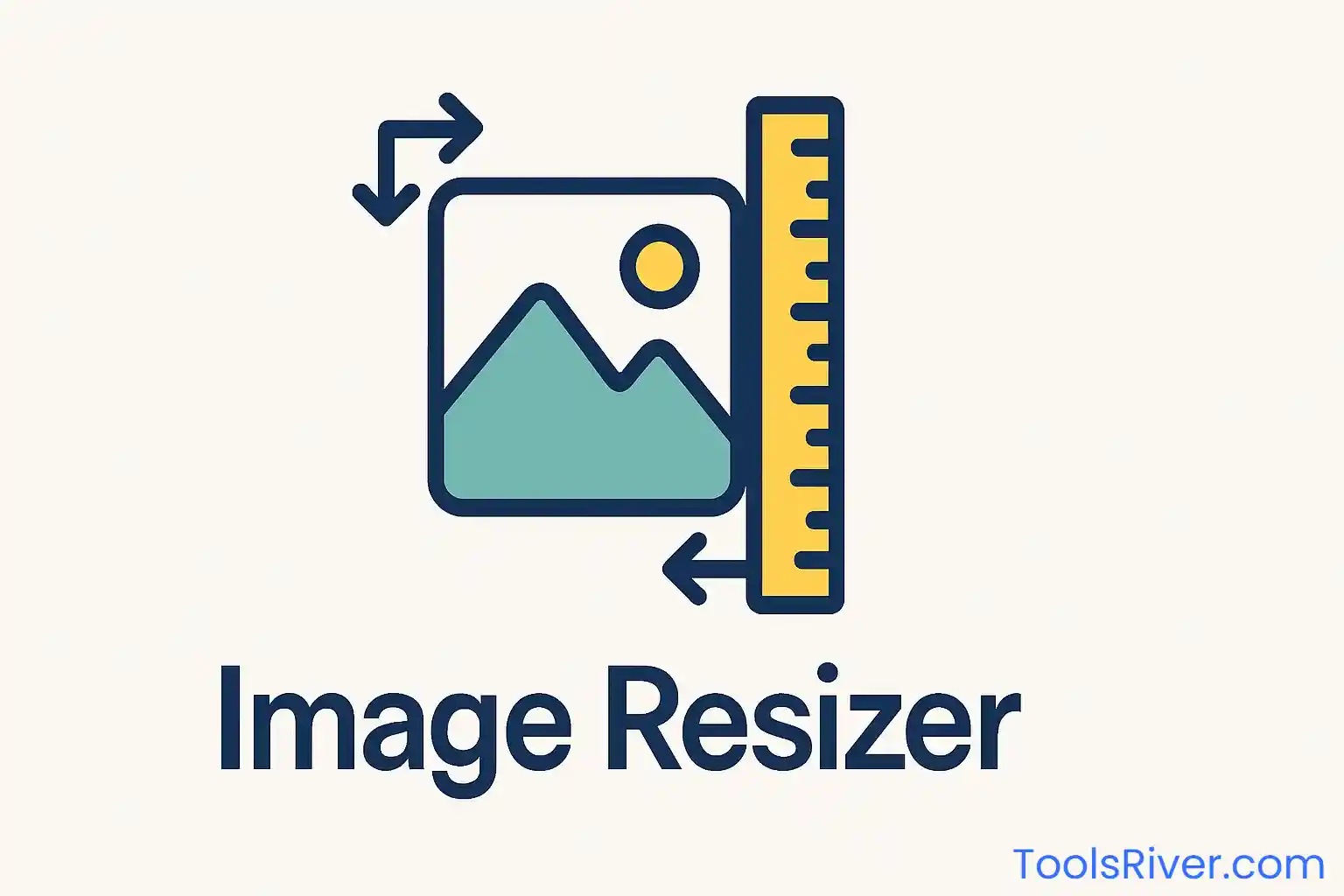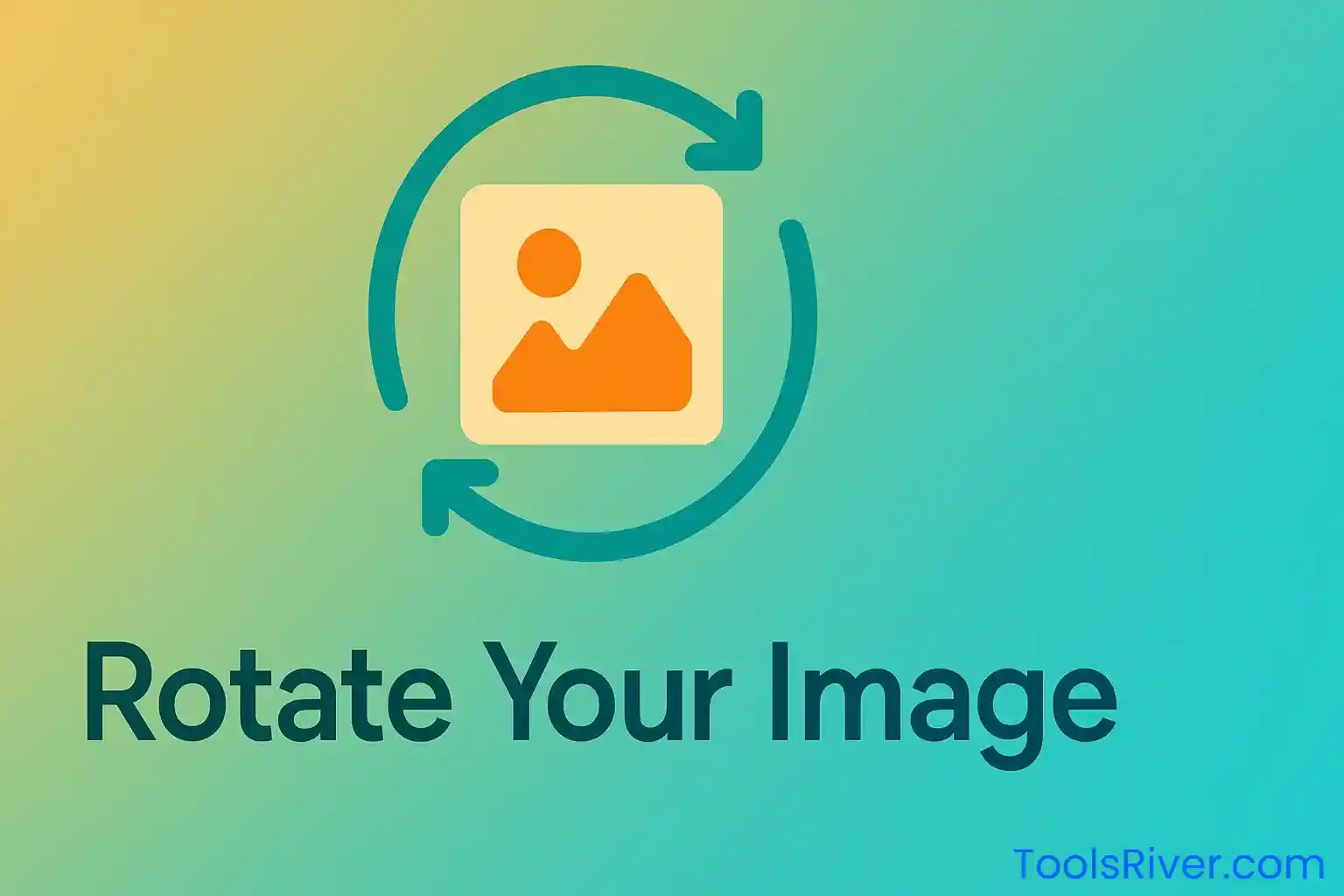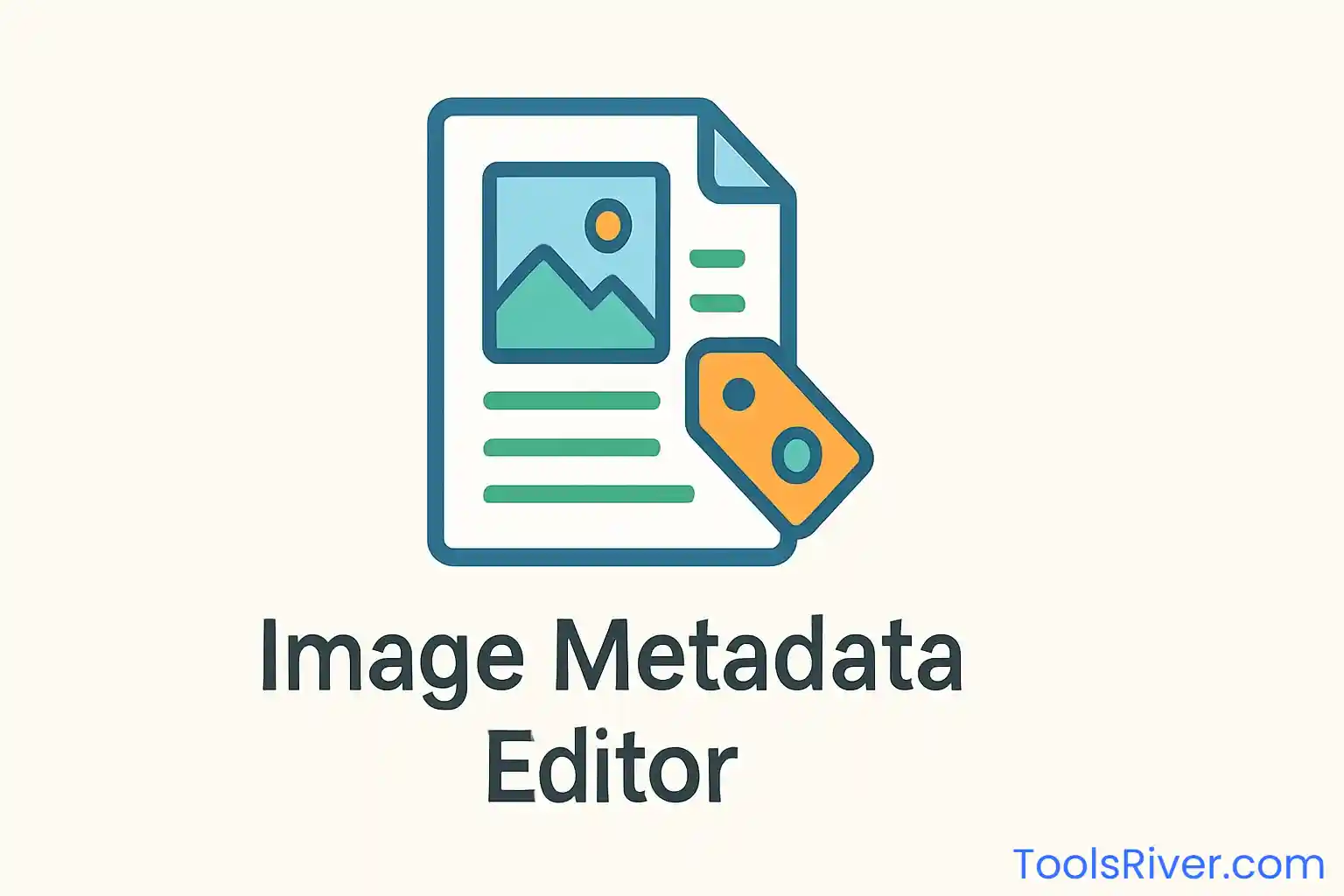Professional Image Compressor Tool
Compress images online with up to 90% file size reduction while maintaining exceptional visual quality. Perfect for web optimization, storage saving, and faster loading times.
Compress Your Images
Drop your images here or click to browse
Supports JPEG, PNG, WebP formats
Compression Settings
Processing...
Compression Results
Ultimate Guide to Image Compression: Reduce File Sizes by 90%
Our professional image compressor tool revolutionizes how you optimize images for web performance, storage efficiency, and faster loading times. With advanced compression algorithms, you can achieve up to 90% file size reduction while maintaining exceptional visual quality that meets professional standards.
How Our Advanced Image Compression Technology Works
Image compression is a sophisticated process that removes redundant data from digital images without significantly affecting visual quality. Our online image compressor employs state-of-the-art algorithms that analyze pixel patterns, color distributions, and visual redundancy to achieve maximum compression efficiency. The tool supports multiple compression techniques including lossy and lossless compression, ensuring optimal results for different image types and use cases.
Benefits of Professional Image Compression
Enhanced Website Performance
Compressed images load faster, reducing bounce rates and improving user experience. Studies show that a 1-second delay in page loading can reduce conversions by 7%. Our image optimization tool ensures your website performs at peak efficiency.
Significant Storage Savings
Reduce storage costs by up to 90% while maintaining image quality. This is particularly beneficial for e-commerce websites, photography portfolios, and content management systems that handle large volumes of images.
Step-by-Step Guide to Using Our Image Compressor
- Upload Your Images: Drag and drop your images into the compression zone or click to browse and select multiple files simultaneously.
- Adjust Compression Settings: Use the quality slider to balance between file size and image quality. Higher compression means smaller files but potentially lower quality.
- Select Output Format: Choose between JPEG, PNG, or WebP formats based on your specific needs and compatibility requirements.
- Process Images: Click the compress button to start the optimization process. Our advanced algorithms will work their magic on your images.
- Download Results: Review the compression statistics and download individual files or get all compressed images in a convenient ZIP archive.
Understanding Image Compression Formats
Different image formats serve different purposes in the digital landscape. JPEG is ideal for photographs and complex images with many colors, offering excellent compression ratios while maintaining reasonable quality. PNG is perfect for images with transparency, sharp edges, and limited colors, such as logos and graphics. WebP, Google's modern format, provides superior compression efficiency and is increasingly supported across web browsers. Our bulk image compressor supports all these formats, giving you flexibility in choosing the best option for your specific use case.
Advanced Features of Our Image Compression Tool
Batch Processing Capabilities
Process hundreds of images simultaneously with our bulk image optimization feature. This is perfect for photographers, web developers, and businesses dealing with large image libraries.
Quality Preservation Technology
Our proprietary algorithms maintain visual quality while achieving maximum compression. The tool analyzes each image individually to apply the optimal compression settings.
Progressive Enhancement
Support for progressive JPEG encoding ensures images load gradually, providing a better user experience on slower connections while maintaining compatibility across all devices.
SEO Benefits of Image Compression
Search engines, particularly Google, prioritize fast-loading websites in their ranking algorithms. Compressed images contribute significantly to improved page speed scores, which directly impacts your SEO performance. Our image size reducer helps you achieve Google's Core Web Vitals benchmarks, including Largest Contentful Paint (LCP) and Cumulative Layout Shift (CLS). By reducing image file sizes, you're not only improving user experience but also enhancing your website's search engine visibility and ranking potential.
Best Practices for Image Compression
- Always keep original copies of your images before compression for future editing needs.
- Test different quality settings to find the perfect balance between file size and visual quality for your specific use case.
- Consider using WebP format for modern browsers while providing JPEG fallbacks for older systems.
- Optimize images for their intended display size to avoid unnecessary data transfer.
- Use progressive JPEG encoding for images larger than 10KB to improve perceived loading speed.
- Regularly audit your website's images using tools like Google PageSpeed Insights to identify optimization opportunities.
Common Image Compression Mistakes to Avoid
Many users make critical errors when compressing images that can negatively impact visual quality or fail to achieve optimal file size reduction. Over-compression is one of the most common mistakes, leading to visible artifacts, color banding, and loss of detail. On the other hand, under-compression results in unnecessarily large files that slow down websites and consume storage space. Our intelligent image compressor prevents these issues by automatically analyzing each image and suggesting optimal compression settings based on content type, color complexity, and intended use.
Industry Applications of Image Compression
E-commerce Websites
Online retailers benefit enormously from image compression, as product images are crucial for sales conversions. Compressed images load faster, reducing cart abandonment rates and improving customer satisfaction.
Photography Portfolios
Professional photographers use image compression to showcase their work online while maintaining quality standards and ensuring fast loading times for potential clients.
Future of Image Compression Technology
The field of image compression continues to evolve with emerging technologies like AI-powered compression algorithms, next-generation formats such as AVIF, and adaptive compression techniques that adjust quality based on viewing conditions. Our advanced image optimizer stays at the forefront of these developments, incorporating the latest innovations to provide users with cutting-edge compression capabilities. As internet speeds increase and display technologies improve, the demand for efficient image compression will only grow, making tools like ours essential for modern digital workflows.
Pro Tips for Maximum Compression Efficiency
To achieve the best results with our image compression tool, consider the image's final use case. For social media posts, you can use higher compression levels since viewing time is typically brief. For professional presentations or print materials, prioritize quality over file size. The smart compression feature automatically adjusts these parameters based on image analysis, but understanding these principles helps you make informed decisions about manual settings.
Frequently Asked Questions
How much can I compress images without losing quality?
With our advanced compression algorithms, you can typically achieve 50-70% file size reduction without noticeable quality loss. For web use, compressions up to 80-90% are often acceptable while maintaining visual appeal.
What's the difference between lossy and lossless compression?
Lossy compression removes some image data to achieve smaller file sizes, while lossless compression preserves all original data. Our tool offers both options, automatically selecting the best approach based on your quality settings and image type.
Can I compress images for social media platforms?
Absolutely! Our compression tool includes presets optimized for various social media platforms, ensuring your images meet platform requirements while maintaining visual quality and fast loading times.
Key Features
- Up to 90% size reduction
- Bulk processing support
- Quality preservation
- Multiple format support
- ZIP download option









